
Mental health, a cornerstone of overall well-being, often feels like a nebulous concept, difficult to articulate and even more challenging to navigate openly. Checking in with our emotions—be it happiness, stress, boredom, or something else entirely—is a natural part of being human. Yet, despite the universal nature of emotional experiences, a pervasive stigma, fueled by outdated myths, continues to cast a long shadow over conversations about mental health and access to effective care.
This reluctance to discuss or address mental health concerns stems from deeply ingrained societal and cultural norms that often discourage open expression. The consequences are profound, with nearly 1 in 7 people (1.1 billion globally) living with a mental disorder in 2021. Despite the existence of effective prevention and treatment options, a significant majority of those who need help do not receive it, often due to these very misconceptions that contribute to delay in getting treatment and building essential coping skills.
In an effort to foster a culture of empathy, understanding, and support, this article aims to systematically debunk 13 of the most common and damaging mental health myths. Drawing on scientific research and expert insights, we will replace these harmful fictions with facts, providing reliable and well-supported information to help demystify mental health and encourage a balanced, thoughtful approach to emotional well-being for all. It’s time to challenge these myths by talking about feelings, normalizing mental health as an active practice.
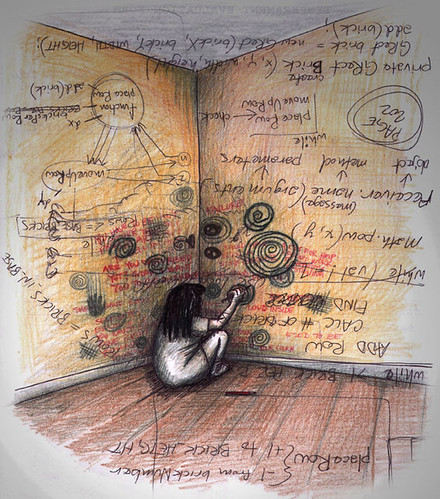
1. **Myth: Mental health issues are a sign of weakness.**One of the most insidious and damaging myths is the belief that struggling with mental health is somehow indicative of a personal failing or a lack of strength. This deeply entrenched idea often compels individuals to suffer in silence, fearing judgment or shame from their peers, loved ones, or even themselves. The societal pressure to appear resilient, coupled with the misconception that emotional struggles are a choice, creates an isolating environment where vulnerability is perceived as a flaw rather than a human experience.
The truth is, mental health struggles aren’t about weakness or character flaws. Much like physical ailments, mental health conditions are influenced by a complex interplay of factors beyond an individual’s control. Environmental circumstances, genetic predispositions, and other stressors all play a significant role in the development and manifestation of these challenges. To view someone with a mental health condition as weak is as illogical as perceiving someone with the flu or a broken bone in the same light. Mental health challenges do not define a person’s inherent strength or character.
In fact, seeking help when struggling is a profound sign of resilience and immense strength. It takes courage to acknowledge distress, to confront internal battles, and to reach out for support in the face of stigma. Pushing negative emotions aside, a common coping mechanism reinforced by cultural pressures emphasizing stoicism and hard work, only prolongs the amount of time that someone may deal with an undiagnosed mental illness. This suppression can exacerbate symptoms and delay the path to recovery, making the journey much harder than it needs to be.
Embracing the need for support, whether through therapy, medication, or lifestyle adjustments, is a powerful and proactive step toward healing and personal growth. It demonstrates an understanding that mental well-being is a dynamic state requiring ongoing attention and care, much like physical health. Recognizing this crucial distinction empowers individuals to prioritize their mental health, knowing that seeking help is an act of self-care and empowerment, not an admission of inadequacy.

2. **Myth: Mental health problems are rare.**A common and dangerous misconception is the idea that mental health problems are an infrequent occurrence, affecting only a small, marginalized segment of the population. This belief can lead to a sense of isolation for those who are struggling, making them feel alone in their experiences and less likely to share their challenges or seek help. If mental health issues are perceived as rare, individuals might incorrectly conclude that their own difficulties are unique or abnormal, further entrenching their reluctance to open up.
In reality, mental health problems are incredibly common, touching the lives of a vast number of individuals globally. The World Health Organization reports that approximately one in eight people are affected worldwide. More specifically, in 2021, a staggering 1.1 billion people—nearly 1 in every 7 individuals—were living with a mental disorder. This widespread prevalence highlights that mental health challenges are a universal aspect of the human experience, not an anomaly.
The diverse range of mental health conditions ensures that most people will experience some kind of mental health challenge in their lifetime. These challenges can manifest as anxiety disorders, which affected 359 million people in 2021, or depression, which impacted 280 million people in 2019. Beyond these common conditions, individuals might encounter trauma-related issues like Post-Traumatic Stress Disorder (PTSD), stress-related difficulties, or neurodevelopmental disorders such as ADHD and autism spectrum disorder.
Understanding the true prevalence of mental health issues is a critical step in dismantling the stigma surrounding them. Recognizing that these experiences are widespread and impact people from all walks of life can normalize mental health conversations. It helps foster an environment where individuals feel comfortable acknowledging their struggles, knowing they are part of a larger human experience and that support systems are available and necessary.

3. **Myth: People with mental illness are violent or dangerous.**The portrayal of individuals with mental illness in popular media and cultural narratives often perpetuates a harmful and inaccurate stereotype: that they are inherently violent, unpredictable, or dangerous. This sensationalized image, frequently seen in fictional works, creates undue fear and contributes significantly to the stigma that surrounds mental health. Such fear-based assumptions not only ostracize those who are struggling but also actively deter them from seeking the very help they need to manage their conditions.
This stereotype is not only profoundly false but also highly damaging. Research consistently and overwhelmingly demonstrates that people with mental illness are significantly more likely to be victims of violence than they are to be perpetrators. The notion that mental illness is a direct pathway to violence is a dangerous oversimplification that ignores the complex factors contributing to violent behavior, which are present across the general population regardless of mental health status.
The perpetuation of this myth leads to severe discrimination and further isolates those who need support the most. When individuals with mental health conditions are unjustly labeled as dangerous, they face barriers in employment, housing, and social interactions. This discrimination can exacerbate their mental health struggles, creating a vicious cycle of marginalization and hindering their ability to lead fulfilling lives within their communities.
To combat this damaging misconception, it is crucial to replace fear with fact and embrace empathy. A balanced, thoughtful approach to understanding mental health recognizes the individuality of each person and refrains from generalizing based on harmful stereotypes. Focusing on comprehensive care, community integration, and support, rather than fear-driven assumptions, is essential for creating an inclusive society where everyone, including those with mental illness, is treated with dignity and respect.

4. **Myth: You can “just snap out of it.”**Few phrases are as dismissive and unhelpful as telling someone struggling with their mental health to “just snap out of it.” This common misconception implies that mental illness is a matter of willpower or a simple choice, suggesting that individuals can overcome their symptoms if they only try harder or change their mindset. Such a simplistic view completely disregards the biological, psychological, and social complexities underlying mental health conditions, profoundly invalidating the lived experiences of those affected.
The reality is that mental illness has nothing to do with willpower or character flaws. Just like physical illnesses, mental health conditions are influenced by a complex mix of genetic predispositions, biological factors such as brain chemistry imbalances, and environmental stressors. These conditions are not a reflection of a person’s moral fiber or their ability to cope; they are legitimate health issues that require understanding, patience, and often professional intervention, not a simple change in attitude.
Recovery from a mental health condition is a journey that requires time, consistent support, and frequently, professional treatment. Oversimplifying this process by suggesting one can “snap out of it” ignores the seriousness of the condition and its profound impact on an individual’s daily life. It implies that the person is somehow failing or not trying hard enough, adding to their distress and potentially discouraging them from seeking necessary help. This can lead to a deepening sense of shame and isolation, further prolonging their suffering.
Instead of offering platitudes, a compassionate and informed approach acknowledges the challenging nature of mental health recovery. It emphasizes that real progress often involves therapeutic work, medication management, lifestyle adjustments, and a robust support system. Recognizing that healing is a process, not an instant event, is vital for creating an environment where individuals feel validated and empowered to engage actively in their own well-being, fostering genuine growth and long-term recovery.
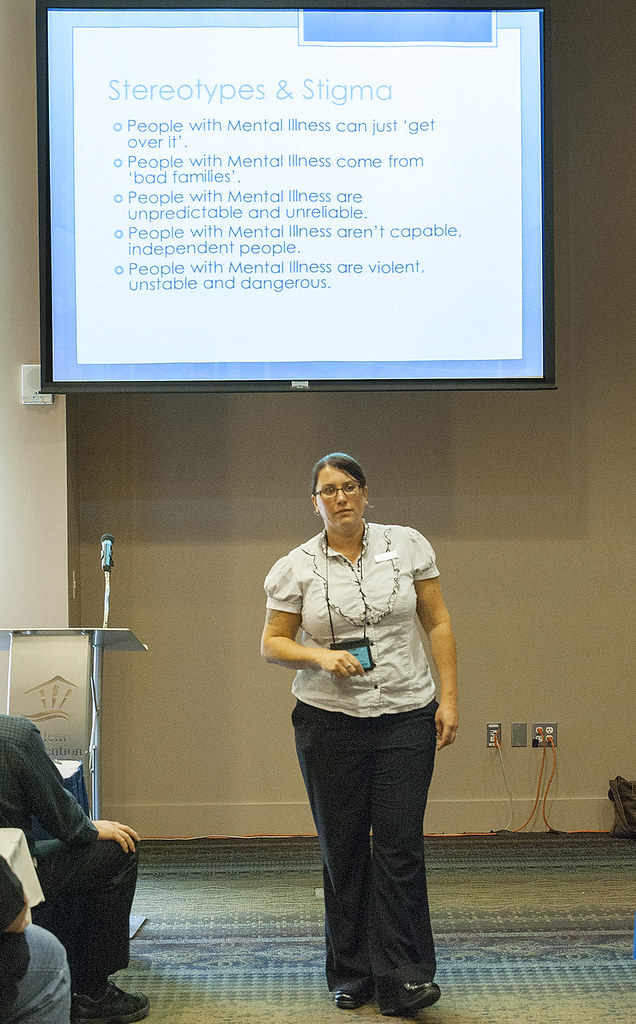
5. **Myth: Therapy is only for people with serious mental illness/problems.**The notion that therapy is an intervention reserved exclusively for individuals grappling with severe mental illness is a widespread misconception. This belief often creates a barrier for many who could significantly benefit from professional psychological support but hesitate to seek it, fearing that doing so would label them as “seriously ill” or “broken.” It suggests a binary view of mental health—either you’re fine, or you’re in crisis—overlooking the vast spectrum of human experience where therapy can offer profound value.
The fact is, therapy can be profoundly beneficial for anyone, not just those diagnosed with a mental illness. While it is an essential and effective tool for treating diagnosed conditions such as depression, anxiety disorders, Post-Traumatic Stress Disorder, and eating disorders, its utility extends far beyond acute pathology. Many individuals find therapy incredibly useful for navigating the daily stressors of life, enhancing personal growth, and improving overall emotional well-being, even without a formal diagnosis.
Consider therapy as a mental health equivalent of visiting a gym. Just as regular exercise strengthens muscles and improves physical fitness, therapy helps the brain remold and shape new pathways and ideas. This powerful phenomenon, known as neuronal plasticity, explains our mind’s remarkable ability to evolve continuously, increasing the brain’s capacity to adapt, learn, and grow throughout life. Engaging in therapy can build emotional resilience, develop coping strategies, and foster healthier thought patterns.
Whether you are dealing with chronic stress, coping with grief, navigating significant life transitions, struggling with relationship dynamics, or simply seeking to understand yourself better, therapy can serve as a powerful tool for growth and healing. It provides a safe, confidential space to explore thoughts and feelings, gain new perspectives, and acquire practical skills for managing challenges, making it a valuable resource for enhancing anyone’s mental fitness and overall life satisfaction.
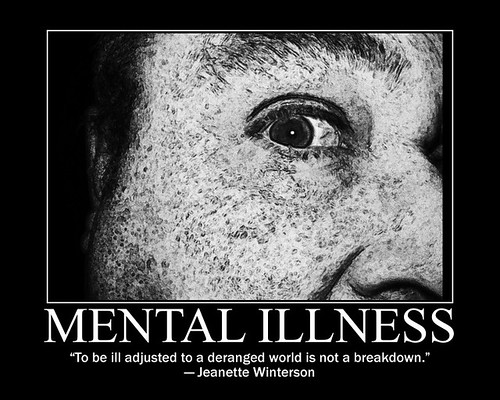
6. **Myth: Children and teens don’t experience mental health problems.**A particularly harmful myth is the belief that children and teenagers are somehow immune to mental health problems, or that their emotional struggles are merely “phases” or typical adolescent angst that will eventually pass. This misconception often leads to a delayed recognition of symptoms and a reluctance among parents, educators, and even healthcare providers to seek appropriate assessment and intervention. Such delays can have significant negative consequences on a young person’s development, well-being, and future.
The unfortunate truth is that many mental health conditions actually begin during childhood or adolescence. Staggeringly, half of all mental health conditions commence by age 14, underscoring the critical need for early awareness and intervention. Conditions like anxiety disorders, depression, bipolar disorder, eating disorders, and neurodevelopmental disorders such as ADHD and autism spectrum disorder, are prevalent among younger populations and can significantly impact their daily lives.
In 2021 alone, 72 million children and adolescents were living with an anxiety disorder, and 23 million children and adolescents experienced depression in 2019. Bipolar disorder affected 3.8 million adolescents aged 10–19 years, while 3.4 million children and adolescents lived with eating disorders. Furthermore, 41 million people, including children and adolescents, were diagnosed with disruptive behavior and dissocial disorders. These statistics unequivocally demonstrate that mental health challenges are a very real and pressing concern for young people.
Recognizing and addressing these conditions early can make a significant difference in a child’s long-term well-being and developmental trajectory. Early intervention can mitigate the severity of symptoms, prevent the escalation of problems, and equip young individuals with essential coping skills. It is imperative for adults to take children’s emotional and behavioral changes seriously, seeking professional guidance without hesitation, to ensure they receive the timely support necessary for a healthy and fulfilling life.
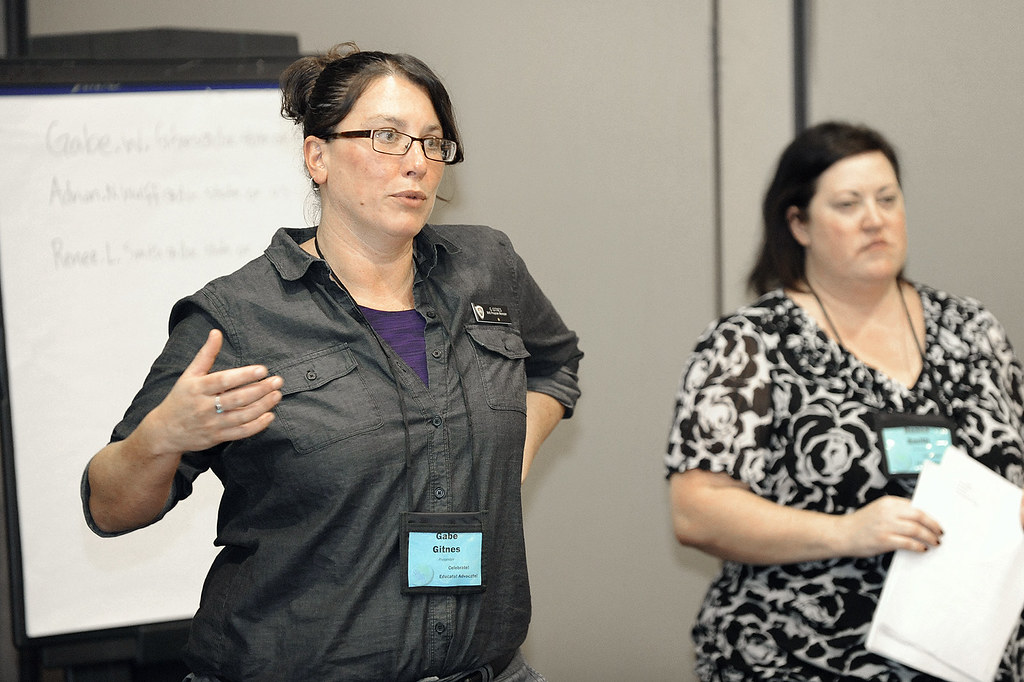
7. **Myth: Seeking help means you’ll have to take medication, or medication alone fixes everything.**
A common fear that deters many from seeking mental health support is the belief that professional help invariably leads to a prescription for medication. Conversely, there is also a misconception that if medication is prescribed, it acts as a magical, standalone solution that will instantly resolve all mental health issues without any other effort. Both perspectives are oversimplifications that do not reflect the nuanced reality of modern mental health treatment and can lead to undue anxiety or unrealistic expectations.
The fact is that treatment for mental health is highly individualized, tailored to the specific needs, circumstances, and preferences of each person. While medication can play a crucial and effective role for some individuals, particularly in managing severe symptoms of conditions like depression, anxiety, or bipolar disorder, it is by no means the only option available. Many people find immense relief and progress through therapy, lifestyle changes, mindfulness practices, and social support, without ever needing medication.
Even in cases where medications are utilized, they are rarely presented as a one-size-fits-all, magic bullet solution. Most patients experience the most comprehensive and lasting benefits when medication is integrated into a broader treatment plan. This combined approach often includes various forms of psychotherapy, engagement in self-care activities, development of healthy coping mechanisms, and fostering strong social connections. Medication is typically seen as one component of a holistic strategy.
The key to finding what works best for an individual is an open and ongoing conversation that takes place between a patient and their mental health provider, such as a psychiatrist. This collaborative dialogue allows for careful consideration of all available options, including the potential benefits and side effects of medication, and how it might fit alongside other therapeutic interventions. It ensures that treatment decisions are informed, empowering, and aligned with the individual’s overall well-being goals, fostering a truly personalized path to recovery.

8. **Myth: If I’ve managed my emotions alone before, I don’t need help now.**A pervasive and often self-imposed barrier to seeking mental health support is the belief that because one has successfully navigated past emotional challenges independently, professional help is unnecessary in the present. This myth frequently stems from a sense of pride or a deeply ingrained habit of self-reliance, where acknowledging a current struggle and seeking external support feels like an admission of failure or a deviation from one’s established coping mechanisms. Many individuals recount overcoming significant adversity in their childhood without professional intervention, leading to the conclusion that their resilience negates the need for a doctor or therapist now.
While personal fortitude is undeniably valuable, this perspective overlooks the complex and evolving nature of mental well-being. The very act of experiencing numerous stressful situations early in life, even if seemingly managed alone at the time, can actually increase the likelihood that an individual may face mental health challenges later on. These past experiences, rather than inoculating against future difficulties, can sometimes predispose individuals to new or exacerbated struggles, making current challenges particularly difficult to address without fresh strategies and insights.
It is crucial to understand that mental health, much like physical health, is not a static state. Our emotional and psychological landscapes are constantly shifting, influenced by new life events, stressors, and developmental stages. Just as we wouldn’t hesitate to seek medical attention for a persistent physical ailment, like a sprained ankle or a painful back, mental health concerns warrant similar proactive and timely care. Delaying intervention in the hopes that current difficulties will resolve themselves, simply because past ones did, can prolong suffering and complicate the path to recovery.
Adopting a proactive stance towards mental health care means recognizing the value of early intervention. The sooner a mental health problem is addressed, the faster an individual can return to optimal functioning and, crucially, gain a deeper understanding of how to prevent future challenges or manage them more effectively. Seeking help now is not a betrayal of past self-reliance but an intelligent and empowering decision to invest in one’s ongoing well-being, leveraging professional insights to build a more robust and sustainable foundation for emotional health.

9. **Myth: Medications will change who I am or make me feel unlike myself.**Among the various concerns people harbor about mental health treatment, a significant fear revolves around medication—specifically, the apprehension that psychiatric drugs will fundamentally alter their personality, suppress their emotions, or render them unrecognizable to themselves and others. This worry often comes from anecdotal stories, sensationalized media portrayals, or a lack of clear information about how these medications actually function. Patients frequently express to psychiatrists their profound worry that their unique identity, their core self, might be irrevocably lost through pharmaceutical intervention.
The truth, however, offers a reassuring contrast to this common misconception. The primary aim of mental health medications is not to change who a person is, but rather to alleviate the distressing symptoms that are currently interfering with their ability to function and experience life fully. For example, an antidepressant aims to lift the pervasive sadness and low energy of depression, allowing an individual to reconnect with their interests and relationships, not to transform their personality into something entirely new. Similarly, an anxiolytic seeks to reduce overwhelming worry, thereby enabling clearer thought and calmer interactions.
Finding the right medication is a process that requires patience, close collaboration, and open communication with a mental health professional. It is rarely a ‘one-and-done’ prescription; instead, it often involves a period of trial and error to identify the specific medication and dosage that provides the most therapeutic benefit with the fewest side effects. During this collaborative journey, the psychiatrist works alongside the patient to monitor responses, make adjustments, and ensure that the individual feels comfortable and supported, always with the goal of symptom reduction and improved quality of life, without compromising their essential self.
Ultimately, successful medication management helps individuals reclaim aspects of themselves that were suppressed by their mental health condition. It helps restore clarity of thought, emotional balance, and the capacity for joy, allowing their true personality to shine through more consistently, unburdened by overwhelming symptoms. Rather than altering identity, the goal is to enhance well-being, enabling individuals to be more authentically themselves by mitigating the disruptive influence of their mental health challenges.
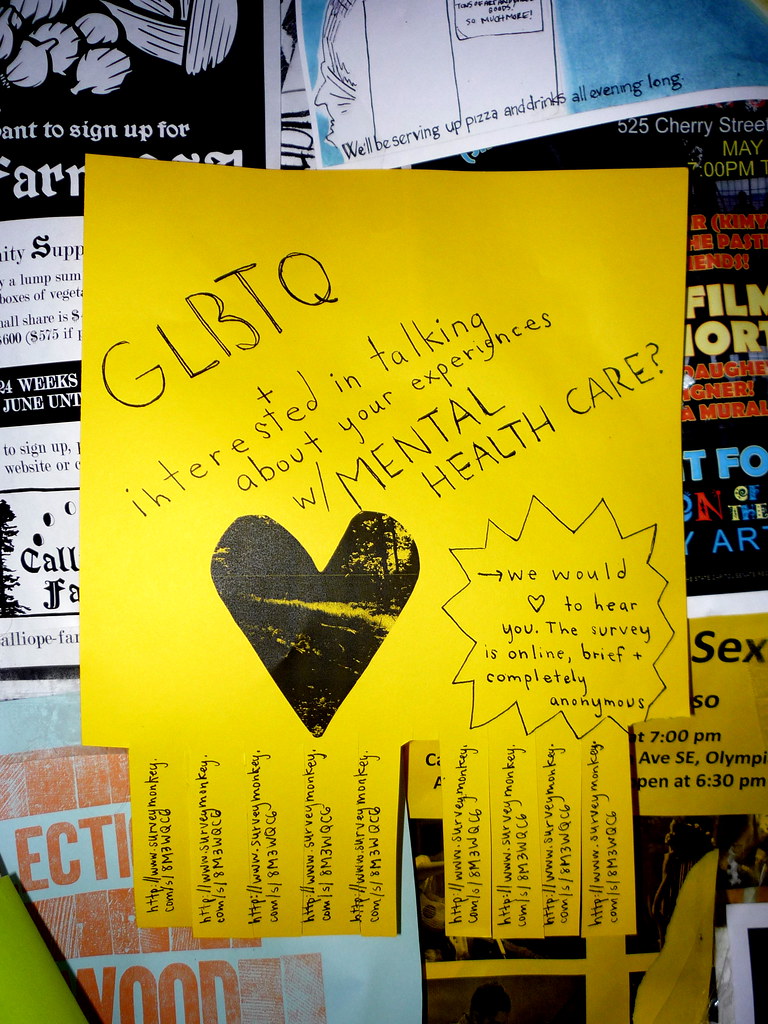
10. **Myth: Talking about mental health makes things worse.**A deeply ingrained and counterproductive myth is the belief that discussing mental health struggles openly will exacerbate them, invite unwanted judgment, or make the problems more real and therefore harder to bear. This misconception often leads individuals to suffer in silence, internalizing their distress and erecting emotional walls that isolate them from potential sources of support. The fear of negative repercussions, whether real or imagined, can perpetuate a cycle of concealment that profoundly hinders the healing process.
In reality, having open conversations about mental health yields multiple, significant benefits, not only for individuals grappling with challenges but for the broader community as well. When people feel safe and encouraged to share their experiences, it normalizes mental health struggles, underscoring that these are common human experiences, not isolated aberrations. This collective vulnerability can be a powerful antidote to shame, fostering an environment where seeking help is viewed as an act of courage and self-care, rather than a cause for concern.
Hearing others, especially trusted figures like parents or mentors, speak candidly about mental health can profoundly reduce the pervasive stigma that still surrounds these issues. Such dialogues create pathways for understanding and empathy, making it easier for those who are struggling to recognize their own experiences and feel less alone. When open communication becomes the norm, it dismantles the notion that mental health must remain a private, unspoken burden, thereby encouraging a proactive approach to well-being.
Conversely, the strategy of ignoring mental health concerns seldom leads to their disappearance; in fact, suppression often allows issues to fester and intensify over time. Verbalizing emotions, whether in a casual check-in with a friend, a structured conversation with a family member, or during a consultation with a mental health clinician, is frequently the crucial first step on the journey toward healing. This act of articulation can bring clarity to muddled thoughts and feelings, allowing for better self-understanding and the development of effective coping strategies.
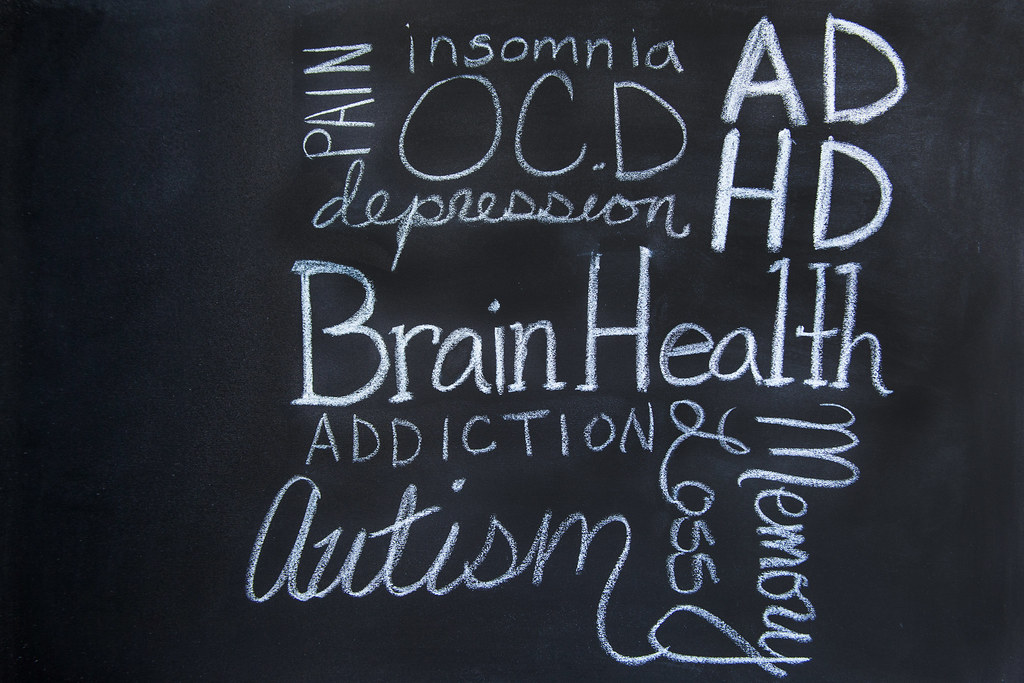
11. **Myth: People with mental illness can’t work or succeed.**A harmful and pervasive stereotype dictates that a mental health diagnosis inevitably relegates individuals to a life of limited capability, hindering their ability to maintain employment, achieve professional goals, or lead successful, fulfilling lives. This misconception often originates from outdated portrayals of mental illness or a lack of understanding about the effectiveness of modern treatments and support systems. It can create significant barriers in the workplace, leading to discrimination in hiring, promotion, and even daily interactions, based on unfounded fears rather than actual competence.
The truth is a resounding contradiction to this myth: many individuals living with mental health conditions are entirely capable of, and indeed do, lead successful, meaningful lives and careers. They contribute significantly to their workplaces and communities, often bringing unique perspectives, resilience, and empathy honed through their experiences. Conditions like depression, anxiety, ADHD, or bipolar disorder, while challenging, do not inherently diminish an individual’s intelligence, skills, or capacity for high performance when appropriately managed.
With the right support and effective treatment, recovery is not just a possibility for people with mental health conditions; it is an expected outcome for many. This support can take many forms, including psychotherapy, medication, workplace accommodations, peer support networks, and lifestyle adjustments. When individuals receive tailored care that addresses their specific needs, they are empowered to manage their symptoms, develop robust coping strategies, and thrive in their chosen professional and personal spheres.
Employers and society at large benefit immensely from embracing inclusivity and understanding that mental health conditions are manageable, much like many physical health conditions. Creating supportive environments that prioritize mental well-being and provide necessary resources allows individuals to leverage their strengths fully. By challenging this myth, we open doors for talented individuals to contribute their best, fostering diverse and dynamic workplaces and enriching the fabric of our communities.

12. **Myth: Talking about suicide encourages it.**A deeply concerning and dangerously false myth is the idea that discussing suicide or asking someone if they are having suicidal thoughts will somehow ‘plant the idea’ in their head or encourage them to act on such impulses. This fear often leads to a deafening silence around the topic of suicide, preventing crucial conversations from taking place and isolating those who are suffering in the most profound ways. The discomfort and taboo surrounding suicide can make well-meaning individuals hesitant to broach the subject, fearing they might do more harm than good.
In fact, the opposite of this myth is consistently shown to be true: open and honest conversations about suicide can actually save lives. When someone is struggling with suicidal ideation, feeling seen, heard, and understood can be a powerful lifeline. Asking directly and compassionately about suicidal thoughts does not increase the risk; instead, it provides an opportunity for the individual to express their pain, reduce their sense of isolation, and connect with help. It signals to them that they are not alone and that their feelings are valid.
Creating a safe space where people feel comfortable to speak up about their darkest thoughts is paramount. When individuals grappling with suicidal ideation are given permission to verbalize their distress, they are significantly more likely to seek professional help and less likely to suffer in silence. This open dialogue allows mental health professionals, friends, and family to intervene, offer support, and connect the individual with the specialized care they need, such as crisis hotlines, therapy, or medical intervention.
Debunking this myth is a critical step in suicide prevention efforts. It empowers everyone—from healthcare providers to friends, family members, and community leaders—to engage in life-saving conversations without fear. By fostering an environment of empathetic openness around suicide, we collectively contribute to a culture where individuals feel supported to voice their struggles, making the path to recovery and hope more accessible for those who need it most.

13. **Myth: You must hit rock bottom to get help.**A prevalent and deeply damaging belief that often delays critical intervention is the notion that one must reach an absolute crisis point, or ‘hit rock bottom,’ before seeking help for mental health challenges. This myth implies that until an individual’s life is completely unmanageable, until their suffering becomes unbearable, their problems are not ‘serious enough’ to warrant professional attention. Such a mindset can lead to prolonged distress, unnecessary escalation of symptoms, and a much harder, longer road to recovery than if help had been sought earlier.
This idea is a dangerous misconception that prioritizes extreme suffering over proactive care. Waiting until rock bottom is reached can delay necessary support, allowing manageable issues to spiral into severe crises. The truth is that mental health care, much like physical health care, is most effective when addressed early. We wouldn’t wait for a small ache to become a debilitating injury before seeing a doctor; similarly, mental health concerns should be attended to before they overwhelm an individual’s capacity to cope.
Early intervention in mental health is often significantly more effective, preventing conditions from becoming entrenched and complex. Addressing symptoms at their onset can mitigate their severity, prevent cascading negative impacts on various aspects of life, and equip individuals with coping mechanisms before their challenges become overwhelming. It provides an opportunity to develop resilience and self-awareness in a less acute state, fostering a more sustainable path to well-being.
Therefore, it is perfectly okay—and indeed, highly encouraged—to ask for help long before things feel unmanageable or disastrous. Recognizing early signs of distress, whether persistent sadness, overwhelming stress, or changes in sleep and appetite, and seeking support then, is a sign of self-awareness and strength. It’s about taking proactive control of one’s mental health journey, understanding that addressing concerns early is a powerful act of self-care that can prevent greater suffering and build a foundation for lasting emotional well-being.
As we conclude this journey through mental health myths, it becomes abundantly clear that the landscape of emotional well-being is far more nuanced and universally experienced than outdated societal narratives often suggest. Every myth we’ve dismantled reveals a shared human truth: that mental health is dynamic, deserving of attention and care, and that seeking support is a profound act of self-empowerment. It is through these open conversations, grounded in empathy and scientific understanding, that we can collectively transform the stigma into a culture of acceptance, ensuring that everyone feels equipped and encouraged to prioritize their mental health, moving from misunderstanding to genuine connection and healing.



